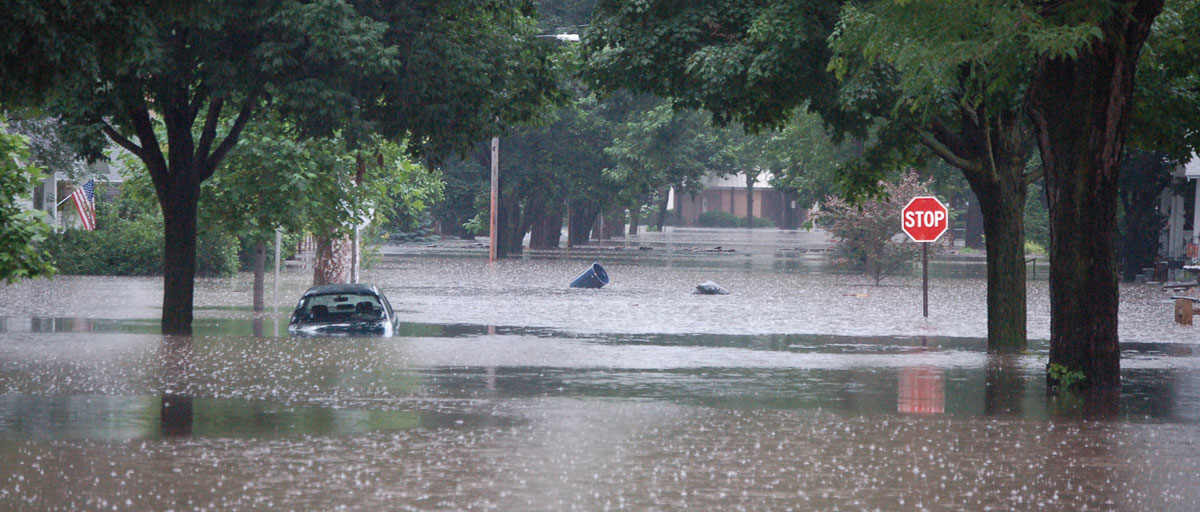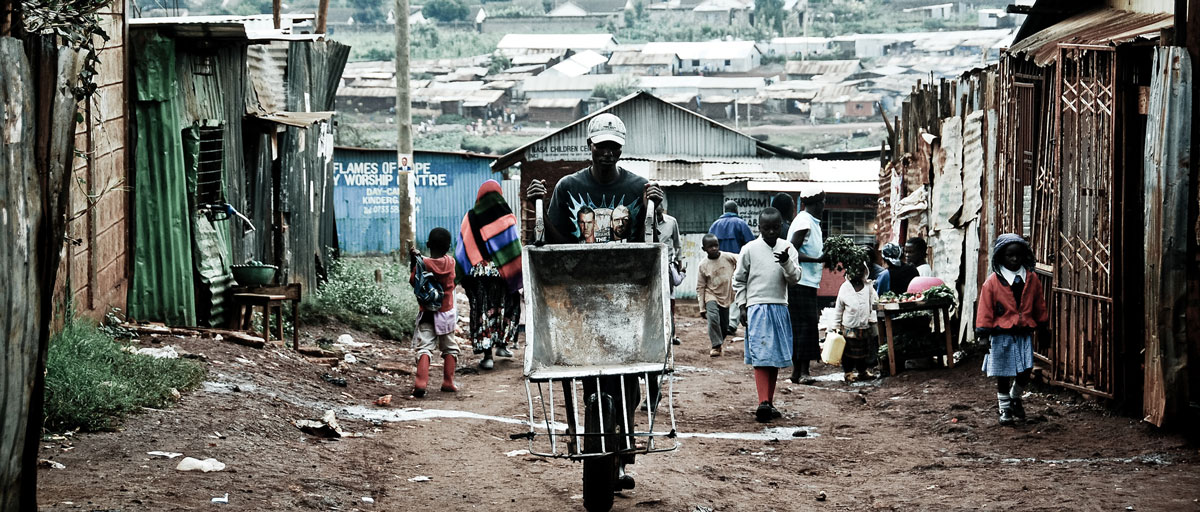
Many cities are planning for sea-level rises of one or two metres. Yet we know, even if we stabilise climate change soon, sea levels will stabilise at over 6 meters in the longer run. Risks like these are not sufficiently taken into account in existing risk analysis frameworks, according to a new study. Photo: US Geological Society/Flickr
Bildtext får vara max två rader text. Hela texten ska högerjusteras om den bara ska innehålla fotobyline! Photo: B. Christensen/Azote
NEW RISKS IN THE ANTHROPOCENE
Falling off the radar
Sophisticated risk frameworks operated by many international organizations, companies and governments ignore rapidly evolving global risks driven by environmental change
- Current analyses of globally connected risks do not sufficiently consider the role of human-environmental interactions
- The suggested Anthropocene Risk concept is a complementary approach to existing risk analysis frameworks
- It changes risk perception by putting more emphasis on environmental tipping points, inequality and injustice
It is no surprise that humans are affecting the probability of extreme events – droughts, floods and other risks. But science is increasingly able to untangle complex interconnections linking such events to human activity.
This new knowledge should change how policymakers, business and various international organisations think about risk, accountability and equity, according to a new Anthropocene Risk framework developed by researchers from Colorado State University, Stockholm Resilience Centre and other institutes.
Many international organizations, including governments and insurance companies, already have sophisticated risk frameworks. We are not suggesting to replace these – but rather to highlight dimensions that might be off the typical radar of an operational decision support tool.
Patrick Keys, lead author
Environmental risks connected across regions
Lead author Patrick Keys from Colorado State University says, “Take rising sea levels. Most of the world’s megacities – New York, Kolkata, Shanghai – will be more or less underwater in 500 years, if not much sooner. Many are planning for sea-level rises of one or two metres. Yet we know, even if we stabilise climate change soon, sea levels will stabilise at over six metres in the longer run.”
“Or, take groundwater irrigation in India. It could collapse due to overuse of wells – a big risk for the Indian government and millions of Indian farmers. But what is little known is that this irrigation contributes up to 40% of the rain falling in East Africa in some months."
“This knowledge of how environmental risks interact nonlinearly, emerge from social-ecological complexity, and are connected across the planet, forces us to think differently about this type of risks and we need new institutions to do that,” he adds.
Biased solutions
Humanity’s impact on Earth’s life support system is encapsulated by the concept of the Anthropocene, the proposed name for the current geological epoch.
"Prominent descriptions of globally connected risks such as that advanced by the World Economic Forum, have been unable to include the new realities created by the Anthropocene era. This creates a bias toward solutions that ignore a new and rapidly evolving global risk landscape driven by rapid environmental change," says Victor Galaz, co-author of the new study and deputy director of the centre. Galaz introduced the term “Anthropocene risk” in an Op-Ed in The Guardian back in 2014. The new research paper is the first time the concept has been defined in a scientific context.
“Anthropocene risk as a framing allows for more explicit inclusion of global-to-local connections as well as foregrounding evolving social-ecological systems, that are characterized by injustice and inequality,” says Keys.
“Many international organizations, including governments and insurance companies, already have sophisticated risk frameworks. We are not suggesting to replace these – but rather to highlight dimensions that might be off the typical radar of an operational decision support tool.”
Besides Victor Galaz, the author list also includes researchers Michelle Dyer, Carl Folke, Magnus Nyström and Sarah Cornell from the Stockholm Resilience Centre as well as the Global Resilience Partnership’s Nathanial Matthews.
The research is part of the Guidance for Resilience in the Anthropocene: Investments for Development (GRAID), a knowledge synthesis project based at the Stockholm Resilience Centre.
Keys, P.W., Galaz, V., Dyer, M., Matthews, N., Folke, C., Nyström, M., Cornell, S.E. 2019. Anthropocene Risk. Nature Sustainbility








